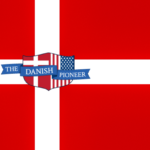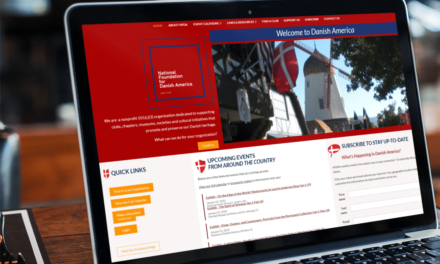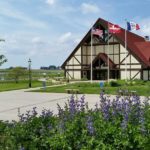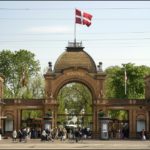
THE STORY BEHIND THE CONFERENCE KEYNOTE SPEAKER: Samsø – a battle for real energy independence
By Nicolai Schousboe —
The following is an inspiring story of local community action first taking on the challenge of offsetting CO2 emissions and becoming carbon neutral in energy production; and now planning to take up the challenge of eventually becoming fossil fuel free in the future.
The story starts in 1997 when the Danish Ministry of Energy challenged local areas or islands to prepare a realistic plan for a complete transition to energy self-sufficiency with renewable energy in ten years. Læsø, Samsø, Ærø, Møn, and Thyholm submitted plans. Preceding this initiative was a report which recommended renewable energy increase to 35% by 2030 for Denmark as a whole. But rather than a master plan driven from the top down, they would learn by experience first in a local area. Criteria by which the competing plans were to be judged included:
– Reduction of energy consumption across heating, electricity, and transportation sectors.
– Degree of local participation
– Demonstrate new ways of organizing, financing, and owning the proposed renewable energy projects.
The island of Samsø won the competition. Their original plan was not entirely implemented but their adaption, improvisation, and level of stakeholder involvement was quite impressive and their overall results remarkable and noted around the world.
Initial action included making the island self–sufficient with electricity by erecting 11 1MW wind turbines. This was accomplished in the first 2 years of the plan.
District heating plants were established to use island biomass and solar thermal resources for the majority of island homes. Homes outside the district heating areas of coverage were given several different options, including obtaining an energy appraisal of their home which would give them specific suggestions as to energy conservation and conversion to renewable energy. 75% of the heat consumed now comes from renewable sources.
To offset the conventional fossil fuel that was used for the heating systems that did not convert as well as the fossil fuel use for transportation 10 offshore wind turbines were erected. This compensates for the CO2 emissions that persist where conversion was not possible.
The most remarkable part of the story, is how the entire community became motiviated and involved.
Ownership of the new renewable energy ranges from the local municipality, individual farmers and citiziens and local cooperatives. Work continues on new projects to expand use of locally produced rapeseed oil for diesel powered vehicles and to achieve a goal of 50% electric vehicle usage by 2020, with an ultimate goal of being fossil fuel free by 2050.
Søren Hermansen heads this project and will be the keynote speaker at the Danish American Heritage Society (DAHS) conference in Des Moines, Iowa on October 10, 2013. Hope to see you there.
To learn more about the DAHS Conference, which runs October 10 – 12, 2013, please visit www.grandview.edu/dahs or call 1-800-444-6083, ext 2846.
Here is a link to a video of a earlier presentation Hermansen gave at a school on the US East Coast: http://www.youtube.com/watch?v=uqy7GY0xgns








